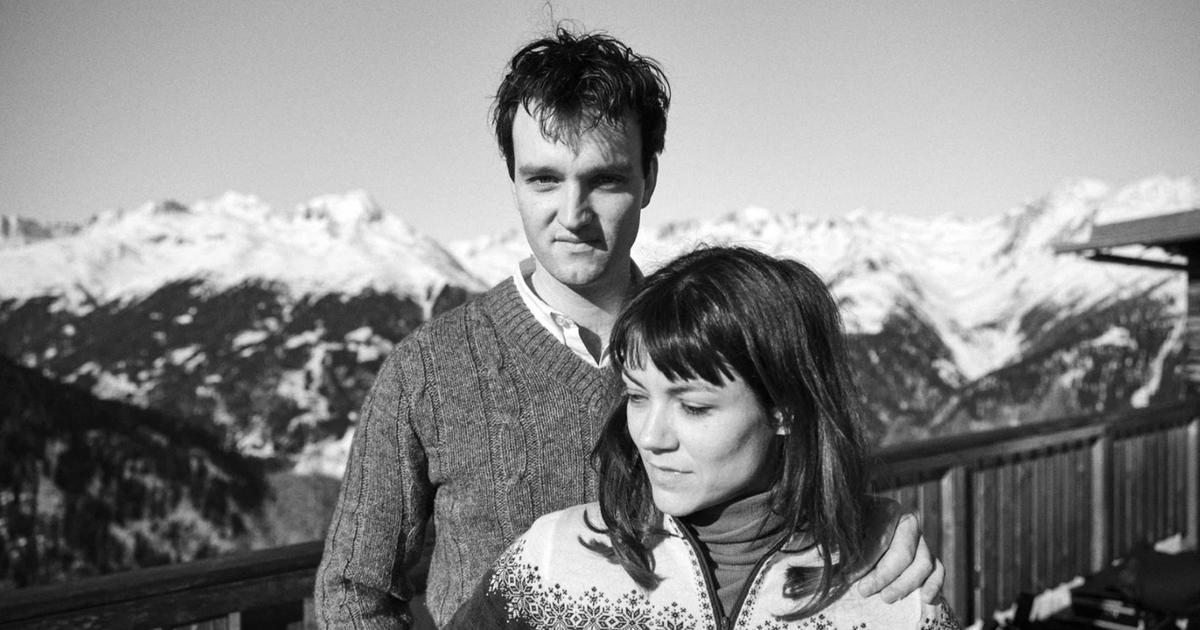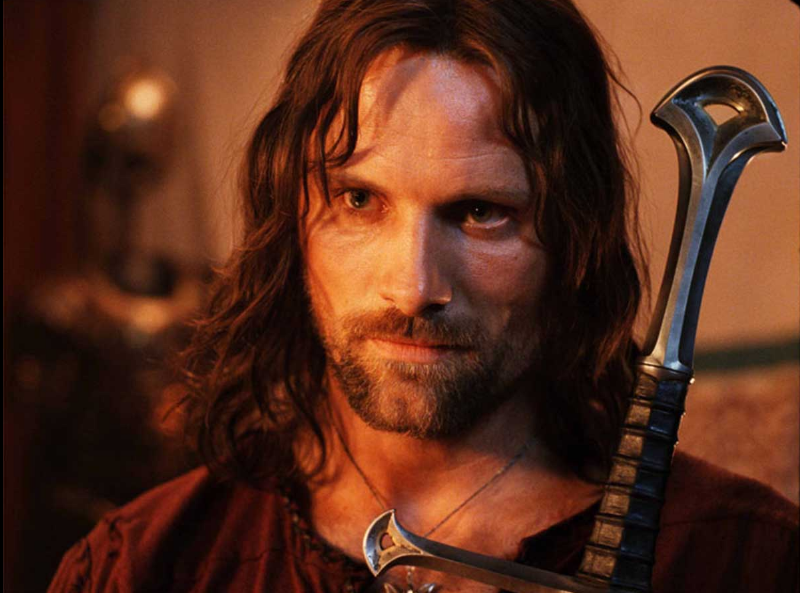During World War II in France, in 1940, a dog named Robot changed the story of prehistory and, therefore, of humanity.
The animal entered a cavity in and was followed by four teenagers—one of them a young Jew who had fled to the unoccupied zone after the Nazi invasion.
They discovered the impressive group of cave paintings of Lascaux, among them, the strangest, most disturbing and bewildering scene of prehistoric art.
The French cave houses nearly 2,000 drawings, covering all the fauna of the time (364 horses, 90 deer...).
The so-called Hall of the Bulls, 17 meters long by 6 meters wide, is as impressive as that of the Altamira bisons: thousands of years ago, in different parts of the world, humanity's creativity was immense and unstoppable.
Abbe Henri Breuil, a priest who had been drawing prehistoric art for years, quickly came to the site.
He, too, had fled from Paris and had taken refuge a few kilometers from Montignac, the nearest town to Lascaux.
But the cave housed a strange drawing that was going to mean a headache for the abbe and that, since then, has provoked hundreds of interpretations and remains a challenge for researchers.
More information
The caves of forgotten dreams
At a depth of five meters, in a well with a significant load of carbon dioxide, some 18,000 years ago someone used black paint to describe the following scene: a man with his mouth wide open or a bird's head lies, with an obvious erection , before a bison pierced by a spear, with the guts out.
Beside him, he has a staff with a bird drawn on top.
To the left of the scene you can see a rhinoceros with six points arranged at the level of the anus (is it defecating on the recumbent man?).
It is a strange set, first, because in the prehistoric art of that period, human beings are hardly represented.
The main theme is animals.
Only much later did people come.
And, second, it is strange because of the thousand story possibilities offered by the scene.
Detail of the Well Scene in the Lascaux cave. PHILIPPE LOPEZ (AFP)
The French prehistorian Jean-Loïc Le Quellec, one of the leading experts in parietal art with extensive experience in the Sahara, has published the book
L'homme de Lascaux et l'énigme du puits
(“The man from Lascaux and the enigma of the well”, Tautem, third enlarged edition in 2022), in which he tries to compile all the theories that have arisen since the set was discovered: is it related to shamanism? Is it a scene recounting a hunt gone wrong? Is the bird-shaped stick a spear propellant or a wizard's staff? Does it reflect something imagined or something real? Is it a birdman or a dead man with the open mouth?
And, above all, what does the erect penis mean in that outfit.
Of course, in the first reproduction he made of the drawing, in 1941, Abbe Breuil forgot about the penis and in the first published photo, that same year, a part was erased in such a way that it remains as a black stain between the man and the man. the bison.
Georges Bataille, who published an essay on Lascaux, wrote a lot about the Man in the Well.
"The scene has an erotic character, clearly underlined, although inexplicable," he noted.
The French narrator Philippe Sollers assured that this drawing represented "one of the deepest and most tragic enigmas of humanity."
"Whoever has seen it is marked forever by that cry of silence."
Its importance resides precisely in that, in that it questions us, in that this enigmatic and violent drawing symbolizes everything we do not know about the art of prehistory: we can classify it, admire it, reproduce it, but we will never know what it means.
“All the interpretations of the Well Scene force us to ask ourselves about the way of contemplating the art of our ancestors,” writes Le Quellec in his essay.
And in this way the works that our predecessors traced on the walls of the caves come to life”.
The beauty of prehistoric art resides in the resistance of its mystery, in the infinity of questions it raises.
Something, surely, applicable to all art.
Subscribe to continue reading
Read without limits
Keep reading
I'm already a subscriber

/cloudfront-eu-central-1.images.arcpublishing.com/prisa/VUCESXAKPNA3BLERV4TA2LTTNA.jpg)













